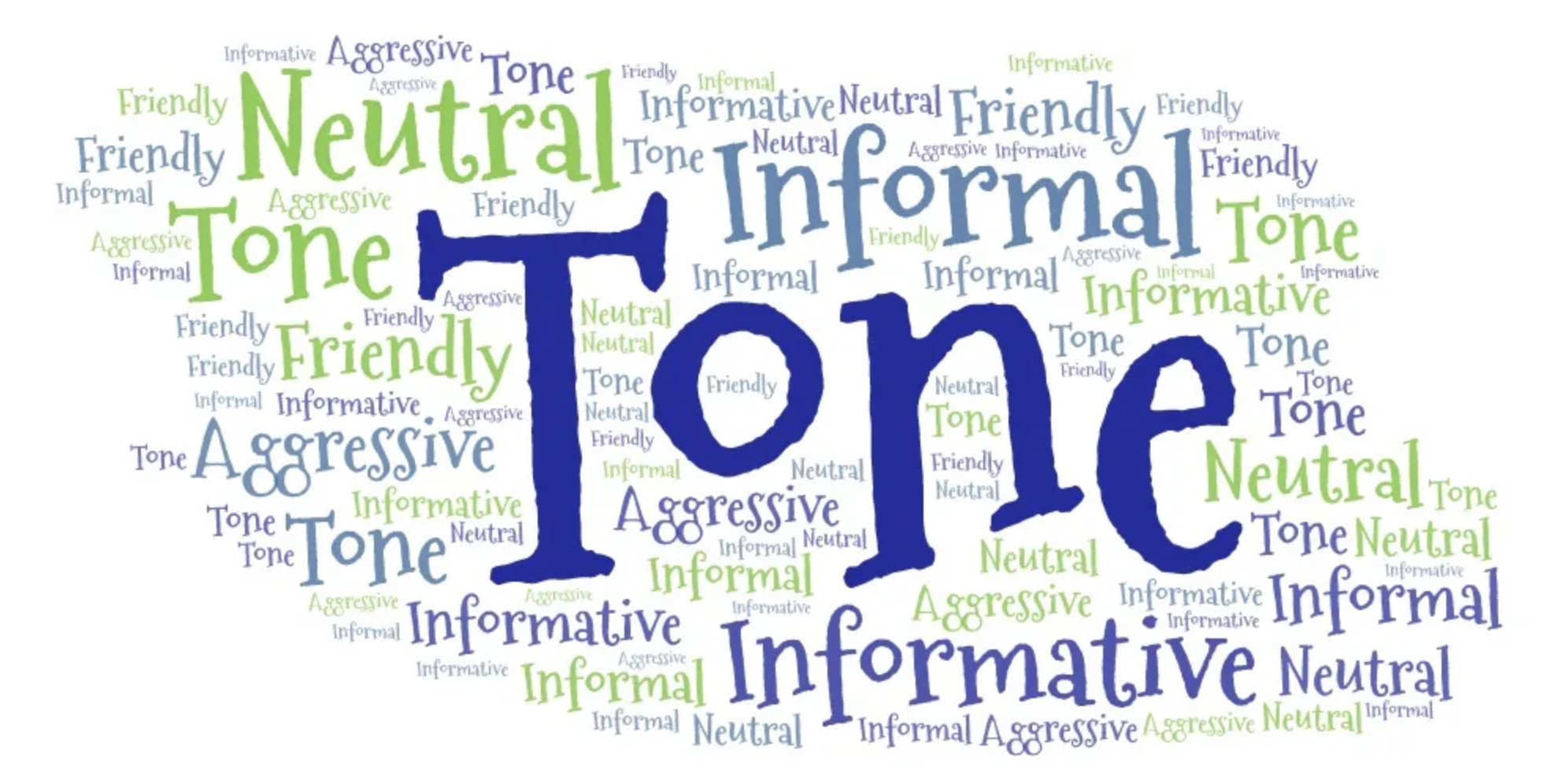
WHAT IS TONE?
Tone is one of those elusive words in writing literacy. It's how a writer shows their attitude or emotion about a topic through their writing. Writers do this through their choice of vocabulary, use of punctuation, types of sentences, and different language features such as dialogue.
Tone is important, and complex.
HOW DOES LISA RECOGNISE TONE?
The short answer is that LISA doesn't specifically mark for tone. Rather, it identifies sub-elements of tone such as vocab, punctuation, or structure, and gives feedback on how well students apply these to their purpose and audience.
This approach is intentional:
- It improves LISA's ability to give detailed and concise feedback to students.
- It supports ALL teachers to be teachers of literacy and provide clear, simple feedback to students, most of whom write for functional reasons such as a design brief or statistics analysis.
CAN I USE THE LISA RUBRIC TO TEACH TONE?
Yes. LISA defines and teaches the mechanics of writing. Good writers use these the different conventions to convey their tone. Discuss the conventions (physical handwriting, ideas, organisation, variety and accuracy) with students and how they can show their attitude or emotion towards their writing through techniques such as vocabulary, punctuation, etc that is marked by LISA.
TYPING AND TONE
In case your thinking, how can I discuss physical handwriting when LISA currently only reads typed text ... think of someone who WRITES EMAILS WITH CAPITAL LETTERS. Even with computers and keyboards, there are still ways of showing our tone.
